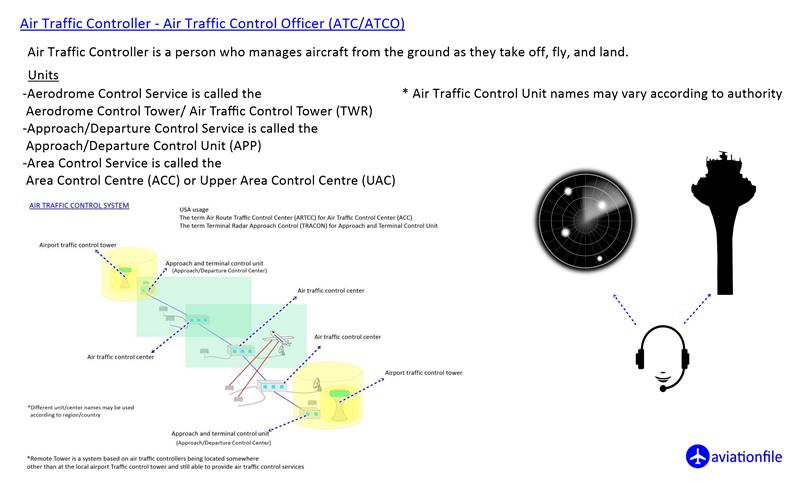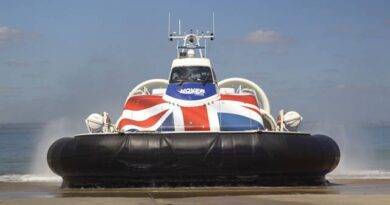Performance Measurement for Air Traffic Controllers
Performance Measurement for Air Traffic Controllers is the process of quantifying and assessing the level of accomplishment of a goal or objective. It is an important tool for air traffic controllers (ATCs) to identify areas for improvement, track progress over time, and ensure that they are meeting the high standards required of their job.
There are a variety of criteria that can be used to measure ATC performance. Some of the most common include:
- Safety: This is the most important criterion, and it is measured by the number of accidents and incidents caused by ATC errors.
- Efficiency: This is measured by the ability of ATCs to keep traffic flowing smoothly and minimize delays.
- Accuracy: This is measured by the number of errors made by ATCs, such as giving incorrect instructions or failing to detect conflicts.
- Workload: This is measured by the number of aircraft under an ATC’s control and the complexity of the airspace in which they are working.
- Customer satisfaction: This is measured by feedback from pilots and airlines.

ATCs are typically evaluated on a regular basis using a combination of these criteria. The results of the evaluations are used to provide feedback to ATCs and help them identify areas for improvement. They may also be used to make decisions about training, promotions, and other personnel matters.
In addition to the criteria listed above, there are a number of other factors that can be considered when evaluating ATC performance. These include:
- Ability to handle unexpected events: ATCs must be able to think quickly and react effectively to unexpected situations, such as bad weather or aircraft emergencies.
- Communication skills: ATCs must be able to communicate clearly and concisely with pilots and other ATCs.
- Teamwork skills: ATCs must be able to work effectively as part of a team to ensure the safety and efficiency of the air traffic system.
Performance measurement is an important tool for ensuring that ATCs are meeting the high standards required of their job. By tracking progress over time and identifying areas for improvement, ATCs can continue to develop their skills and knowledge, and provide the best possible service to pilots and airlines.
References:
- nternational Civil Aviation Organization (ICAO). (2019). Performance management and measurement for air navigation services providers. https://www.icao.int/Meetings/AMC/MA/2007/perf2007/Perf_Management_Measures_for_ANSPs.pdf
- Federal Aviation Administration (FAA). (2000). Air traffic control specialist performance measurement database. https://hf.tc.faa.gov/publications/1999-air-traffic-control-specialist-performance-measurement-database/full_text.pdf
- Federal Aviation Administration (FAA). (2009). Measuring air traffic controller performance in a high-fidelity simulation. https://www.tc.faa.gov/its/worldpac/techrpt/am00-2.pdf
- Parasuraman, R., Sheridan, T. B., & Wickens, C. D. (2008). Human factors in aviation. (5th ed.). Burlington, MA: Elsevier.
- Endsley, M. R., & Garland, D. J. (2000). Situation awareness analysis and measurement methods. In M. R. Endsley & D. J. Garland (Eds.), Situation awareness analysis and measurement (pp. 1-18). Mahwah, NJ: Lawrence Erlbaum Associates.
These references provide a comprehensive overview of the topic of performance measurement for ATCs, including the different criteria that can be used and the methods that can be used to collect data. They also discuss the challenges of measuring ATC performance and the importance of using multiple measures to get a complete picture.


